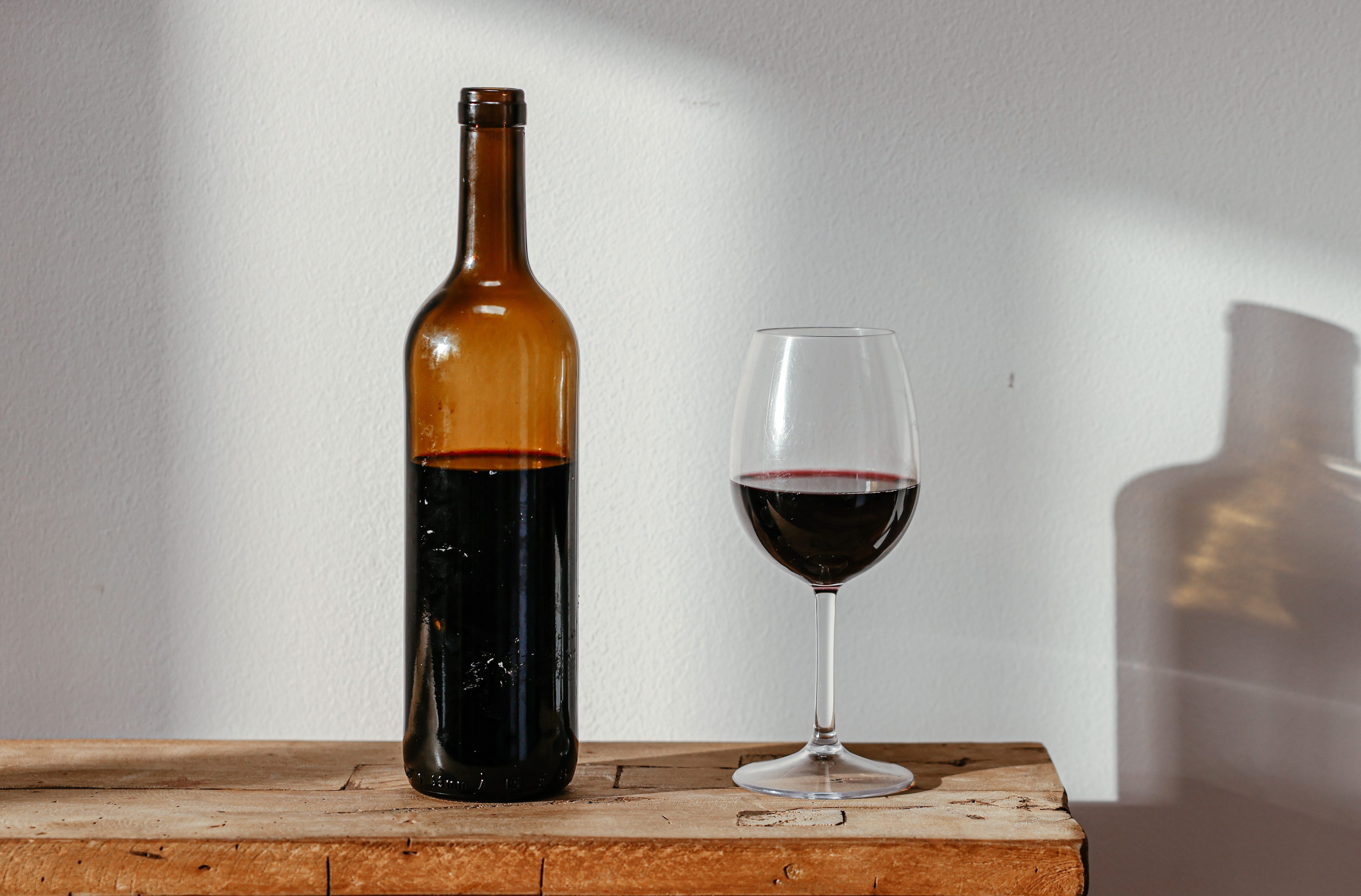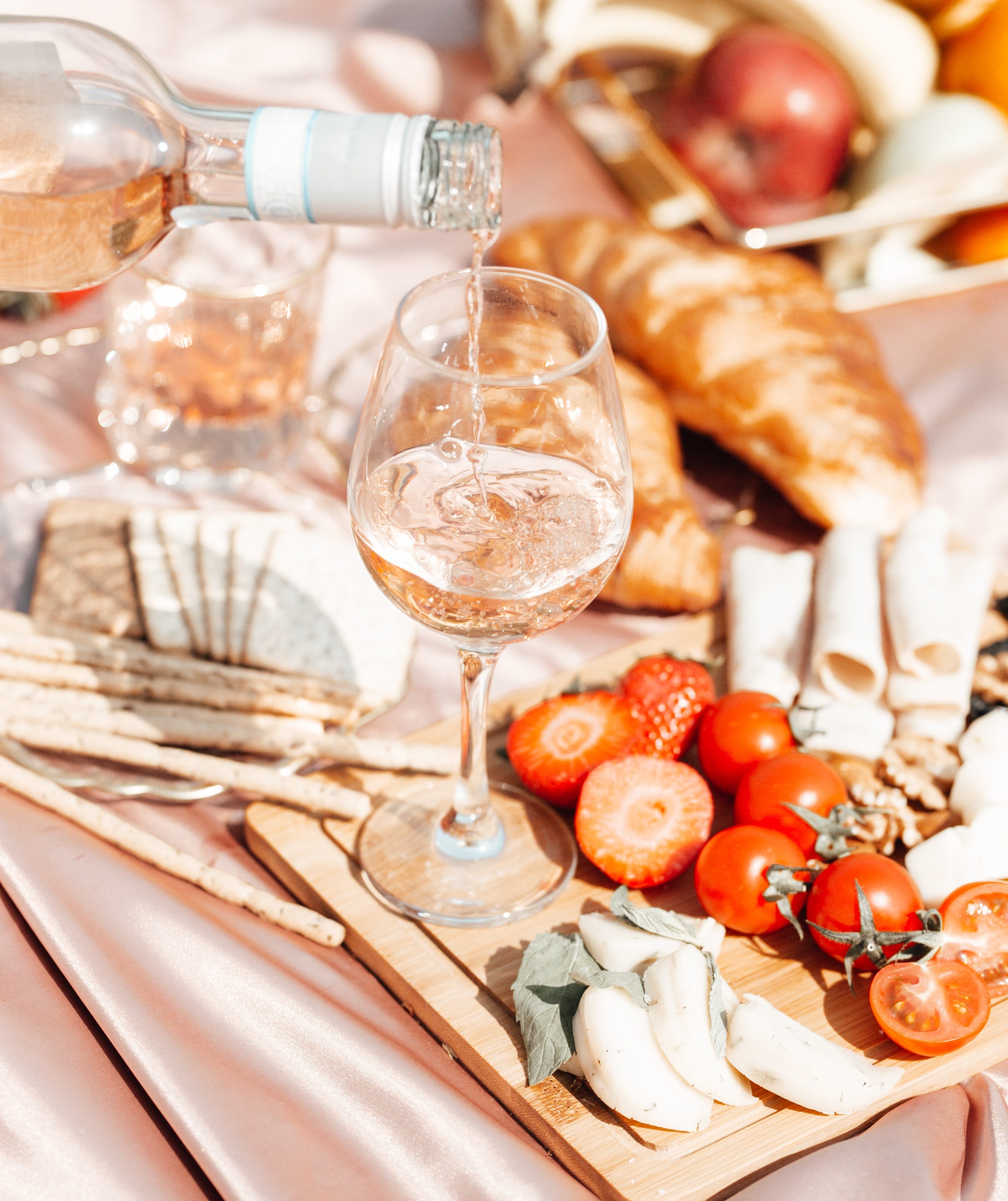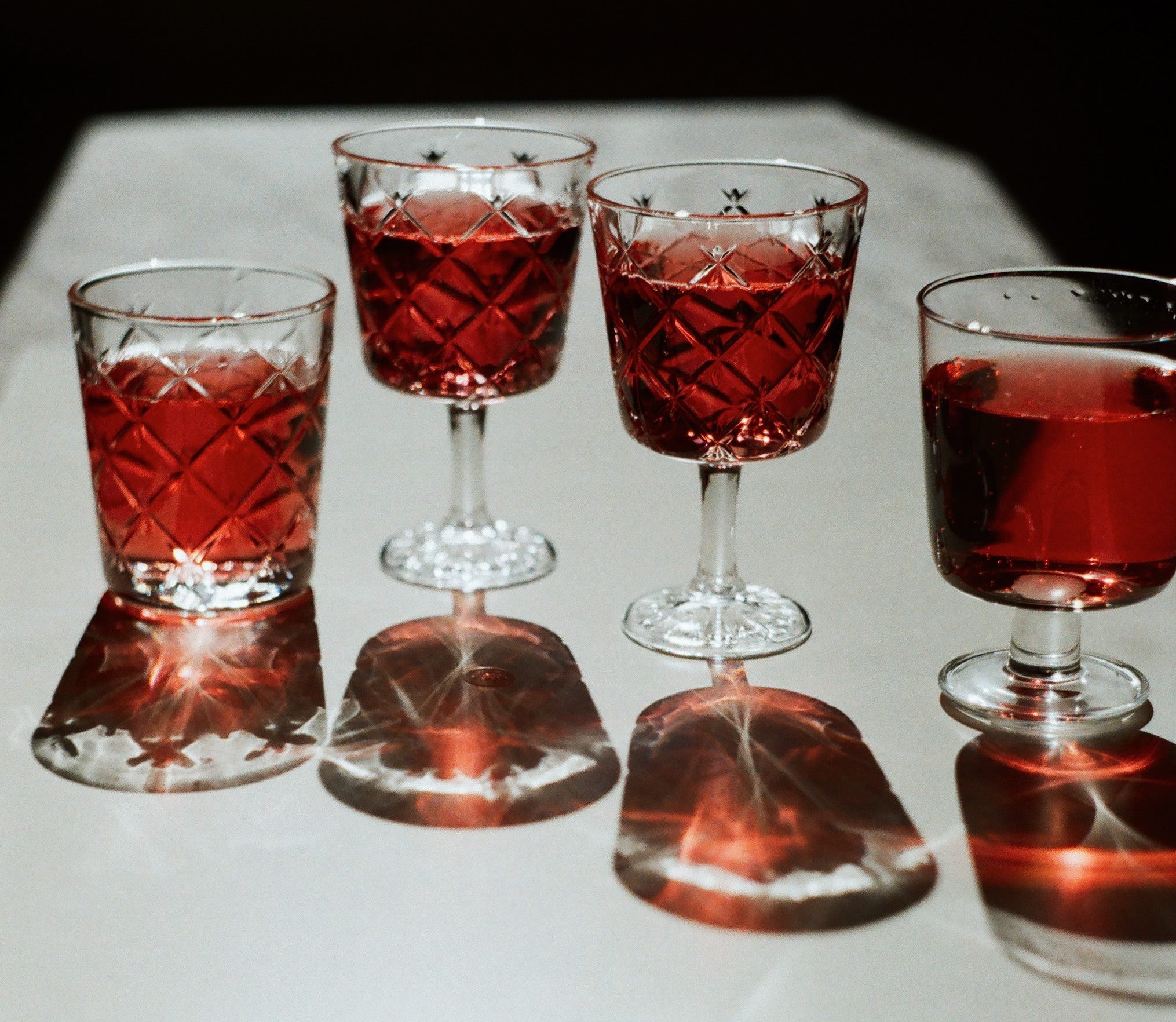Cover Story
The right wine for the right moment

A glass for every occasion
ByOlivia Sarkar
February 28, 2022 (IANSlife) Are you worried about a dinner party where you've been asked to bring wine? Or have you previously failed in this situation? If you're at a loss for what to gift, here are a few options that are food-friendly, versatile, and drink well with or without food. The key is to choose wines that can be paired with almost any dish and are not overly dry or heavy.
Red Wine

Red wine is made from black grapes, and its colour (which can range from a light ruby to a deep oxblood) is obtained by fermenting with the grape skins. This also imparts tannins, which are responsible for the dry, astringent mouthfeel of a particularly bold red wine.
Food Pairings: Red wine pairing is largely a matter of taste, but there are a few guidelines to follow if you're just getting started. Reds with bold, full-bodied flavours pair well with hearty foods like red meat or slow-cooked, rich dishes. Lighter reds are more adaptable and can be paired with pasta, pizza, and even poultry.
White Wine

White wine, on the other hand, can be made from both white and black grapes—confusing, right? The key point here is that white wine is fermented without the skins, which accounts for its pale colour and low tannin content. Depending on the wine, it can range from crisp to buttery.
Rosé Wine

Rosé is made in the same way that red wine is made, with black grape juice and skins, but the skins are removed after a short period of time. As a result, a blush colour, low tannins, and a flavour that is easy to pair. Rosé can be made from any type of black grape, and the flavour will vary depending on the varietal and location.
Food Pairings: Rosé, depending on its style, can be paired with a wide variety of foods. Light, crisp rosés pair well with salty or spicy foods, cheese, and seafood, whereas juicier rosés can stand up to pizza, pasta, and poultry.
Orange Wine

The term "orange" is a bit misleading because these wines can range in colour from deep gold to light straw (and they have nothing to do with the citrus fruit). According to wine writer Marissa Ross, they are similar to white wines made in the style of rosé or red wines, but from white grapes: For a short period of time, the juice ferments with the skin, imparting tannins like a red but retaining the crisp, dry taste of a white.
Food Pairings: Skin-contact whites can be paired with heartier poultry, pork, or even beef dishes because they're nuttier, bolder, and more tannic, but they also pair well with lighter fare.
Sparkling Wine

Sparkling wine is any wine with carbonation. It can be white, rosé, or even red, and the bubbles are (usually) a byproduct of fermentation.
Food Pairings: Because the bubbles scrub your palate, cheese, seafood, fresh fruit, and salad are natural partners for bubbly, spicy, and fatty foods.
Dessert Wine

This is where the lines begin to blur: Dessert wines and fortified wines (more on those in a moment) are frequently grouped together because they are both sweet. Dessert wines are any sweet wine that is typically served after a meal.
Food Pairings: These sweet wines are best paired with other sweet foods, thus their name.
Fortified Wine

Any wine that has been fortified with the addition of a distilled spirit is referred to as fortified wine (usually brandy). It contains a lot of alcohol and sugar, and it's usually served at the end of a meal.
Food Pairings: Fortified wines are not required to be served with food, but because they are sweet, they are typically served with chocolate, cheese, nuts, and other dessert foods.
(This article is website exclusive and cannot be reproduced without the permission of IANSlife)
IANSlife can be contacted at ianslife@ians.in


